Remember turning on the television after dinner and seeing those familiar faces who brought the world into our living rooms? Those trusted voices guided us through moonwalks, presidential scandals, and cultural revolutions, becoming as much a part of our families as the relatives who gathered around to watch with us. These broadcast legends didn’t just report the news—they shaped how an entire generation understood the rapidly changing world, delivering the facts with a gravitas and authenticity that’s sorely missed in today’s 24-hour news cycle.
1. Walter Cronkite
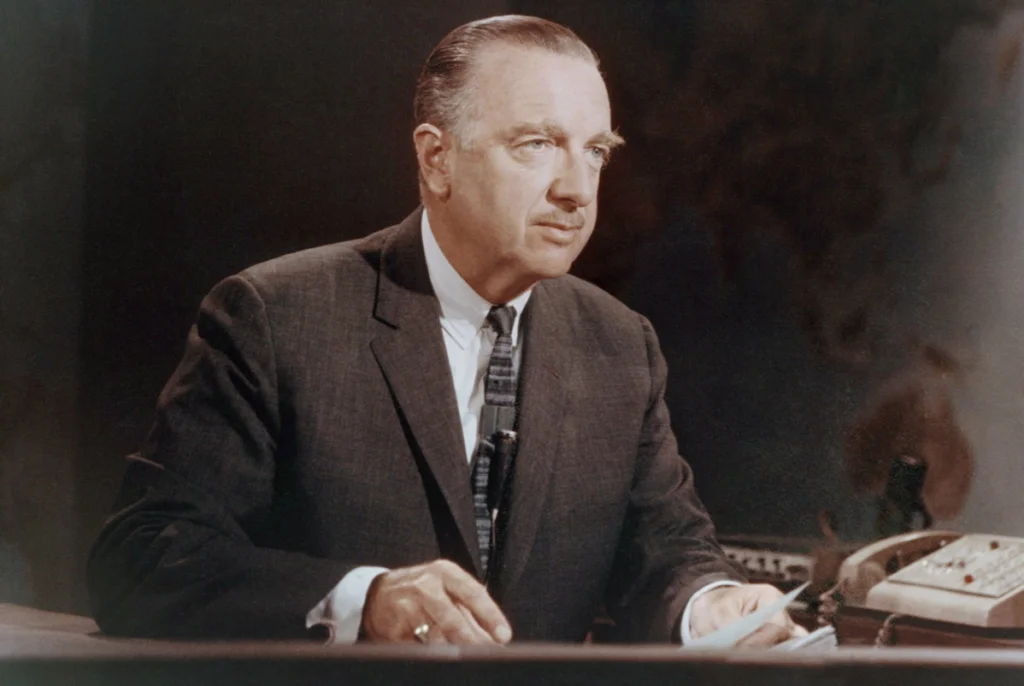
The most trusted man in America earned every ounce of that reputation through his steady presence at the CBS Evening News anchor desk from 1962 to 1981. Cronkite’s reassuring voice guided Americans through the Kennedy assassination, Vietnam War, and the historic Apollo 11 moon landing, removing his glasses in rare emotional moments that resonated with millions. His signature sign-off—”And that’s the way it is”—became a cultural touchstone, symbolizing an era when journalistic integrity was paramount and a newscaster’s word was gold. UT News still celebrates Cronkite as an embodiment of true journalism.
Cronkite’s background as a war correspondent during World War II gave him a perspective on conflict that younger journalists simply couldn’t match. His February 1968 editorial suggesting the Vietnam War had reached a stalemate reportedly prompted President Johnson to remark, “If I’ve lost Cronkite, I’ve lost Middle America,” showcasing the extraordinary influence he wielded in American homes. When Cronkite retired in 1981, passing the torch to Dan Rather, viewers felt like they were saying goodbye to a member of their extended family—a testament to his unparalleled connection with the American public.
2. David Brinkley
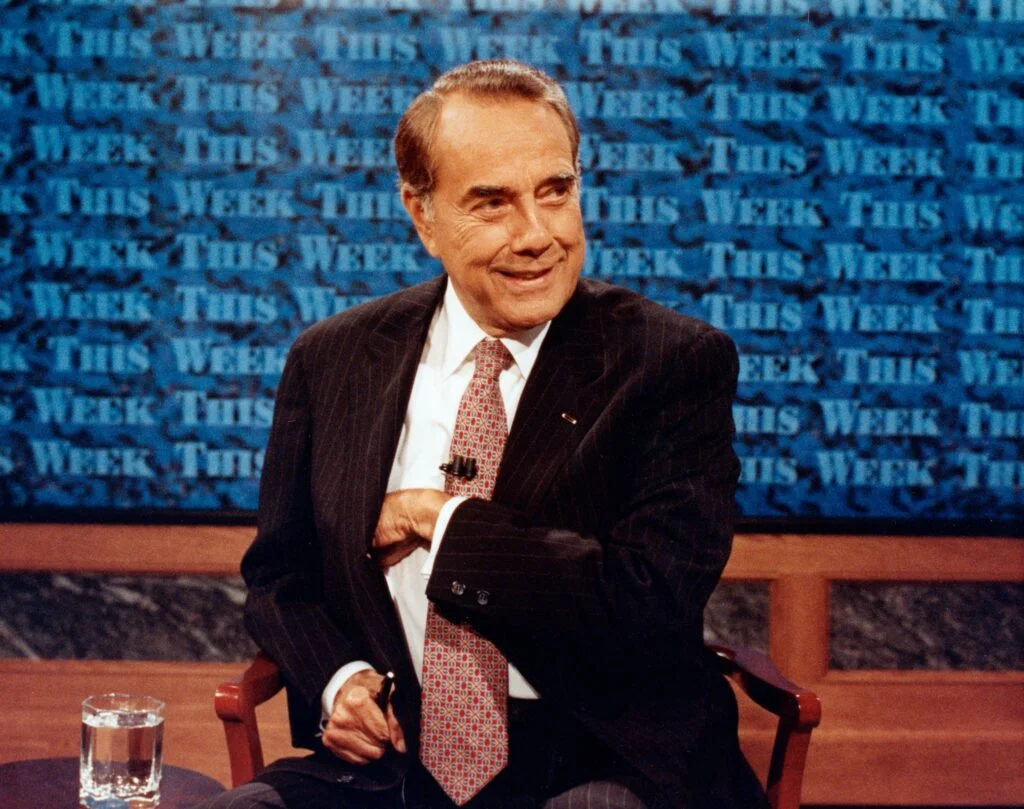
With his distinctive clipped delivery and wry wit, David Brinkley revolutionized television news alongside Chet Huntley on NBC’s “The Huntley-Brinkley Report” from 1956 to 1970. Brinkley’s sardonic observations and impeccable timing provided the perfect counterbalance to Huntley’s more straightforward approach, creating television’s first true news team dynamic. Their famous sign-off—”Good night, Chet” / “Good night, David”—became such a cultural phenomenon that Americans felt incomplete if they missed hearing it each evening. Television Academy shines a particularly bright spotlight on his remarkably sprawling career in reporting.
After the partnership ended with Huntley’s retirement, Brinkley continued to innovate in broadcast journalism, eventually moving to ABC where he hosted “This Week with David Brinkley” until 1996. His dry humor and no-nonsense approach to political coverage earned him ten Emmy Awards and the Presidential Medal of Freedom. Brinkley’s ability to cut through the noise and deliver concise, often pointed commentary set the standard for broadcast journalists who followed, proving that television news could be substantive without being stuffy.
3. Barbara Walters
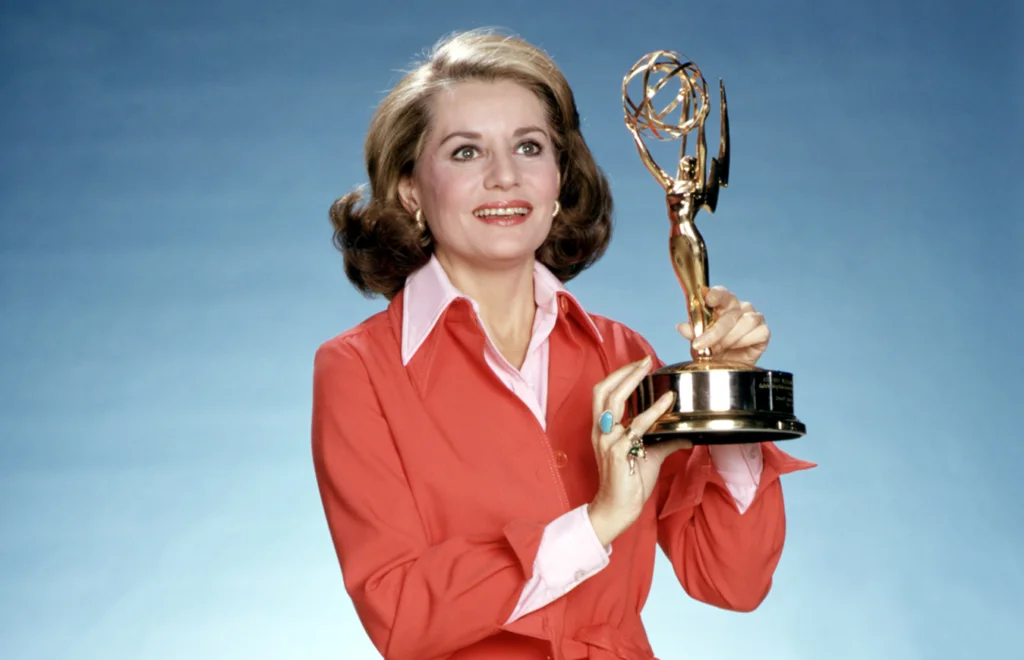
Breaking through the ultimate glass ceiling in broadcast journalism, Barbara Walters became the first female co-anchor of a network evening news program when she joined ABC Evening News in 1976 with a then-unprecedented $1 million annual salary. Before this groundbreaking achievement, Walters had already established herself as a formidable journalist on NBC’s “Today” show, where she evolved from the stereotypical “Today Girl” to a respected interviewer who could make world leaders both comfortable and accountable. Her signature interview style—probing yet conversational—elicited memorable responses from subjects ranging from Fidel Castro to Katharine Hepburn, often bringing celebrities and politicians to tears. NPR honors her status as a journalist and, in particular, as a rulebreaker.
Despite initial resistance from co-anchor Harry Reasoner and some viewers unaccustomed to seeing a woman deliver “serious” news, Walters persevered to become one of the most influential figures in television history. Her creation of “The Barbara Walters Specials” and later “20/20” showcased her exceptional ability to balance hard news credentials with an approachable interviewing style that made viewers feel they were overhearing an intimate conversation. Walters’ pioneering career opened doors for countless women in journalism, proving that the evening news anchor desk wasn’t exclusively male territory.
4. Harry Reasoner
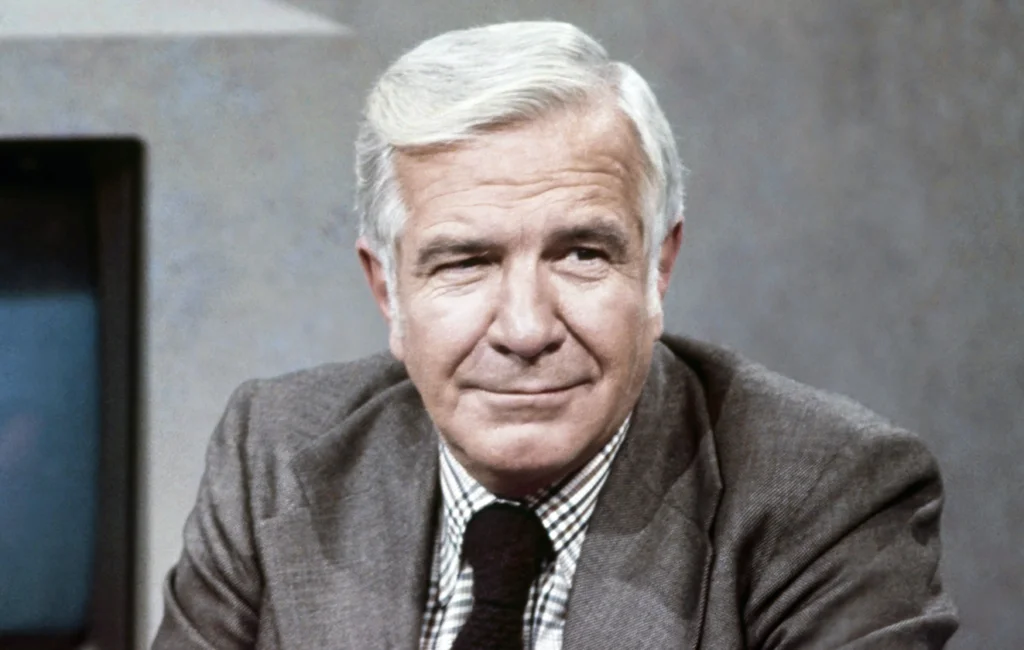
With his Midwestern sensibility and conversational delivery, Harry Reasoner brought an everyman quality to television news that resonated with viewers across America. Beginning his national career at CBS in the 1960s, Reasoner helped launch “60 Minutes” alongside Mike Wallace in 1968, establishing the gold standard for investigative television journalism that continues today. His thoughtful commentaries often ended with gentle humor, delivered with perfect timing that made complex issues digestible for the average viewer.
Reasoner’s move to ABC in 1970 made headlines when he became the network’s evening news anchor with a then-remarkable $200,000 annual salary. Though his pairing with Barbara Walters proved challenging professionally, Reasoner eventually returned to CBS and “60 Minutes,” where his distinctive voice and writing style continued to earn him respect from colleagues and viewers alike. Reasoner’s career embodied the transition from radio-influenced news reading to television journalism as a unique form, with his natural delivery and exceptional writing setting him apart in an era of broadcast giants.
5. Eric Sevareid
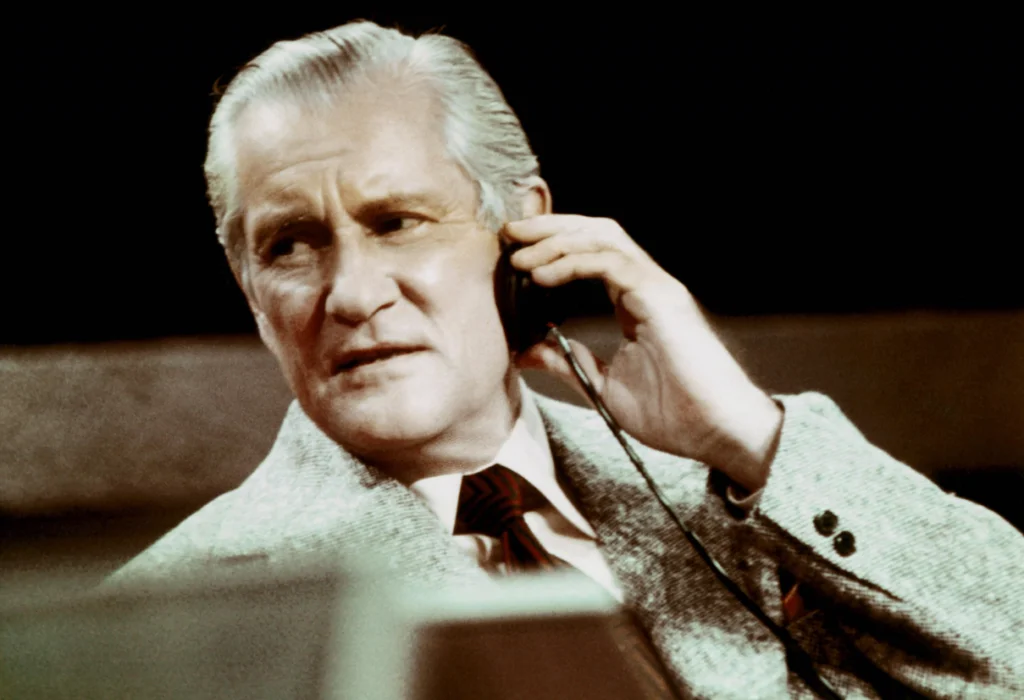
As one of Edward R. Murrow’s original “boys,” Eric Sevareid brought intellectual heft and philosophical depth to CBS News during a three-decade career that spanned from World War II through Vietnam. His evening commentary segments on the “CBS Evening News” became must-watch television for Americans seeking thoughtful analysis beyond the headlines. Sevareid’s distinctive voice—both physically and intellectually—cut through the noise with observations that often touched on the moral dimensions of the news, elevating broadcast journalism to something approaching literature.
Born in North Dakota, Sevareid’s heartland roots informed his perspective, even as his worldview expanded through his experiences as a war correspondent parachuting into occupied China and reporting from the frontlines of Europe. His 1964 book “Not So Wild a Dream” chronicled his remarkable journey and established him as one of journalism’s most reflective practitioners. When Sevareid delivered his final commentary in 1977 after 38 years with CBS, America lost not just a newsman but a public intellectual whose broadcast essays had helped viewers make sense of the Cold War, civil rights movement, and profound cultural shifts that defined the era.
6. John Chancellor
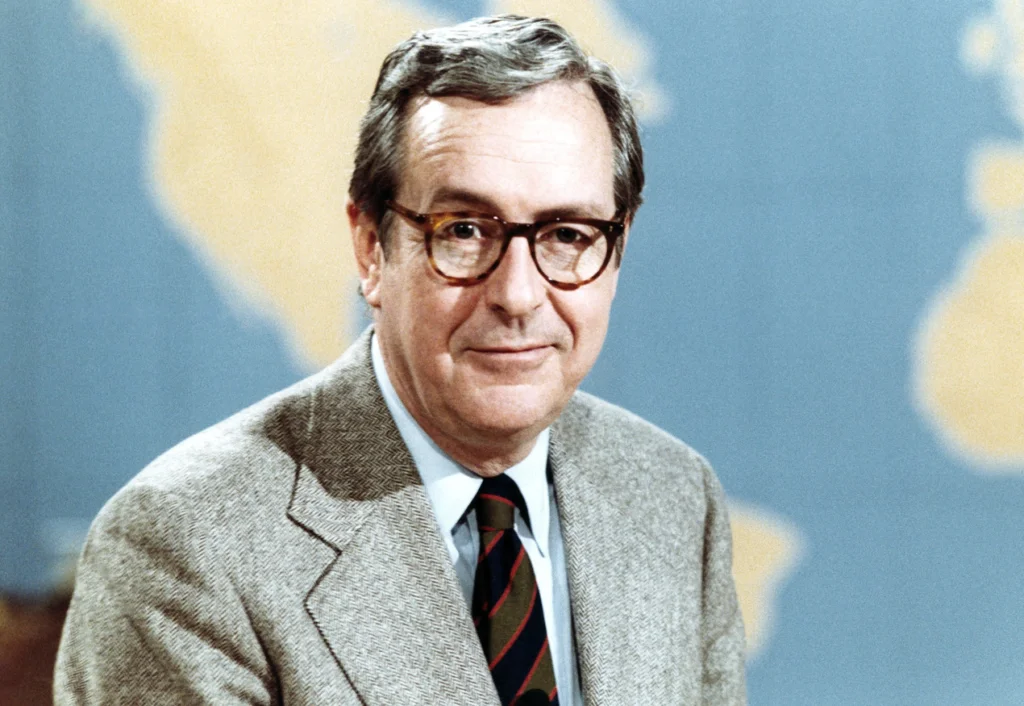
With his authoritative presence and impeccable credibility, John Chancellor guided NBC Nightly News viewers through some of the most turbulent years in American history. Before taking the anchor chair, Chancellor gained national attention during the 1964 Republican National Convention when, after being physically removed from the floor by security, he reported live: “This is John Chancellor, somewhere in custody,” demonstrating the wry humor that would become his trademark. His calm demeanor provided reassurance during the Watergate scandal, energy crisis, and Iranian hostage situation.
Chancellor’s journalistic roots ran deep, having served as NBC’s Moscow correspondent during the Cold War and later as the director of the Voice of America under President Johnson. After stepping down as lead anchor in 1982, Chancellor continued as NBC’s senior commentator, offering evening essays that reflected his centrist political views and deep historical knowledge. Chancellor embodied the ideal of the journalist as both storyteller and sense-maker, helping viewers understand not just what happened but why it mattered.
7. Frank Reynolds

With his passionate delivery and occasional displays of emotion, Frank Reynolds brought a distinctly human element to ABC News during the 1960s and ’70s. Reynolds’ career path was unusual among major anchors—he didn’t begin in journalism until age 37 after serving in World War II and Korea, giving him a life experience that informed his reporting. His visible anger when incorrectly reporting that White House Press Secretary James Brady had died during the 1981 Reagan assassination attempt (“Let’s get it nailed down…let’s get it right!”) revealed his deep commitment to accuracy.
As part of ABC’s three-anchor format alongside Peter Jennings and Max Robinson beginning in 1978, Reynolds handled Washington coverage with an authority born of his Chicago political reporting background. His Catholic faith and working-class Chicago roots informed his perspective, making him particularly effective at communicating complex political issues to ordinary Americans. When Reynolds died in 1983 after a long battle with multiple myeloma (during which he had continued anchoring whenever his health permitted), viewers mourned not just a trusted journalist but someone who felt like a wise, occasionally temperamental, family member.
8. Roger Mudd
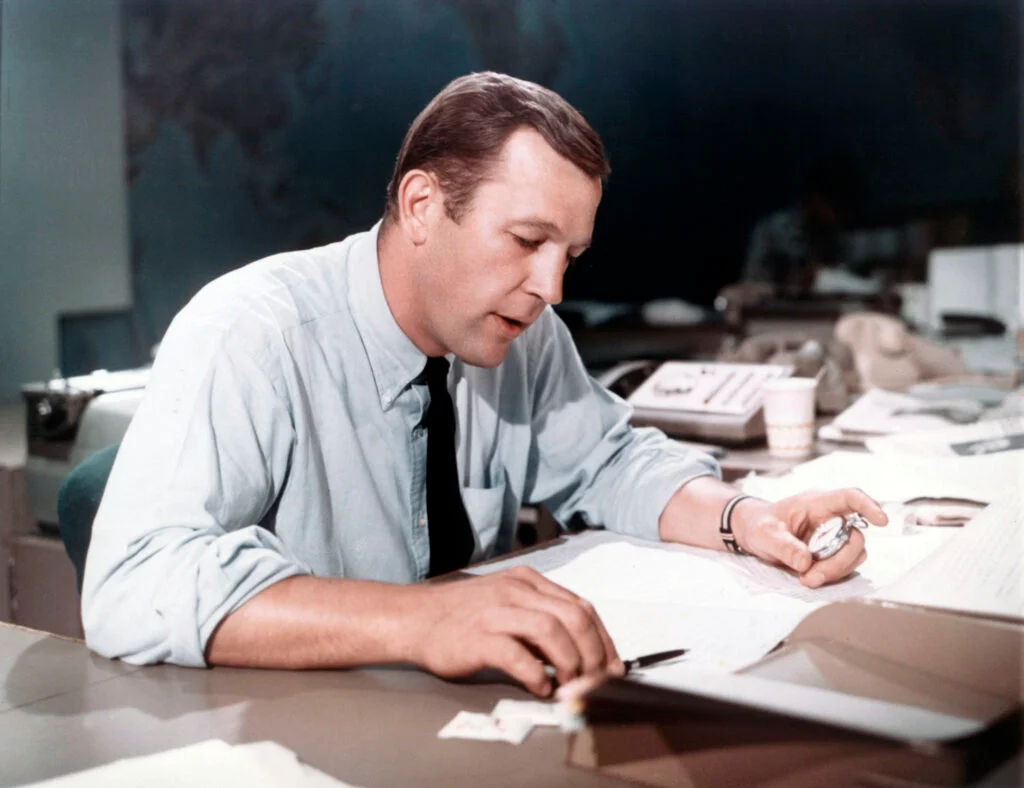
Known for his methodical reporting style and unflappable demeanor, Roger Mudd established himself as one of television’s premier political journalists while at CBS from 1961 to 1980. Mudd’s defining moment came in 1979 when his interview with Senator Edward Kennedy included the seemingly straightforward question, “Why do you want to be president?”—Kennedy’s fumbling response essentially ended his presidential aspirations before they officially began. His thorough preparation and deep knowledge of congressional procedure made him the natural choice to cover Capitol Hill for CBS throughout the tumultuous 1960s and ’70s.
Widely expected to succeed Walter Cronkite as CBS Evening News anchor, Mudd was passed over in favor of Dan Rather, leading to his departure to NBC News. Before that professional disappointment, Mudd had distinguished himself covering civil rights legislation, Vietnam debates, and Watergate hearings with a precision that reflected his training as a historian (he held a master’s degree in history). Mudd’s career embodied the ideal of the reporter as public servant—never seeking the spotlight but illuminating the workings of government with clarity and context.
9. Mike Wallace

Television’s most feared interviewer, Mike Wallace pioneered the confrontational style that transformed broadcast journalism with his take-no-prisoners approach on “60 Minutes” from its 1968 debut. Before becoming television’s premier interrogator, Wallace had worked as a game show host and commercial pitchman, experiences that made him especially adept at spotting inauthenticity in his interview subjects. His ambush interviews and unflinching questions made the most powerful people in the world squirm, while viewers at home cheered his willingness to ask what they would if given the chance.
Wallace’s personal struggles—including the death of his son and his own battles with depression—remained largely hidden from viewers until late in his career, at odds with his aggressive on-screen persona. Despite criticism that his methods sometimes prioritized drama over fairness, Wallace’s legacy includes some of television’s most memorable moments: reducing Barbra Streisand to tears, confronting Ayatollah Khomeini about being called “lunatic” by Egyptian President Anwar Sadat, and exposing tobacco industry whistleblower Jeffrey Wigand. His distinctive introduction—”I’m Mike Wallace, and you’re watching ’60 Minutes'”—became television shorthand for accountability journalism.
10. Edwin Newman
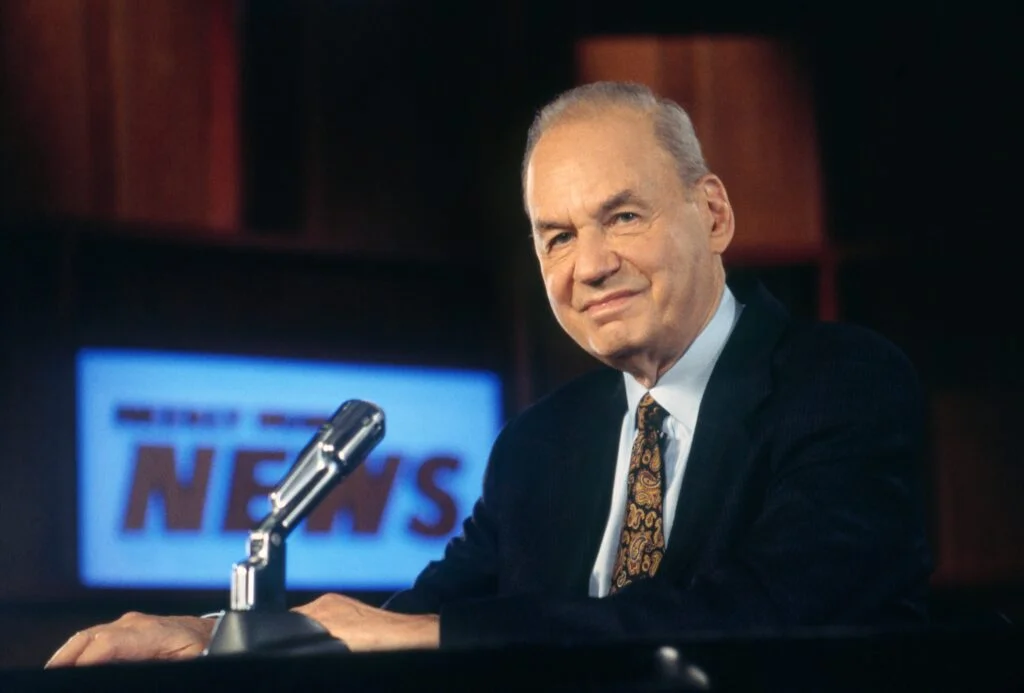
With his precise vocabulary and dedication to proper English usage, Edwin Newman brought literary flair to NBC News during his three decades with the network. Newman’s erudition manifested not just in his reporting but in his sideline as a crusader against the degradation of the English language, authoring bestsellers like “Strictly Speaking” and “A Civil Tongue” that lamented linguistic “decay.” His periodic primetime specials on language earned both critical acclaim and substantial ratings, proving that intellectual television could also be entertaining.
Beyond his language expertise, Newman moderated presidential debates and covered everything from wars to royal weddings with equal sophistication. His wry humor and occasional on-air poetry recitations made him a distinctive presence in living rooms across America. When Newman retired from NBC in 1984, journalism lost not just a distinguished correspondent but perhaps its most elegant practitioner—someone who understood that how news is communicated can be as important as the news itself.
11. Howard K. Smith
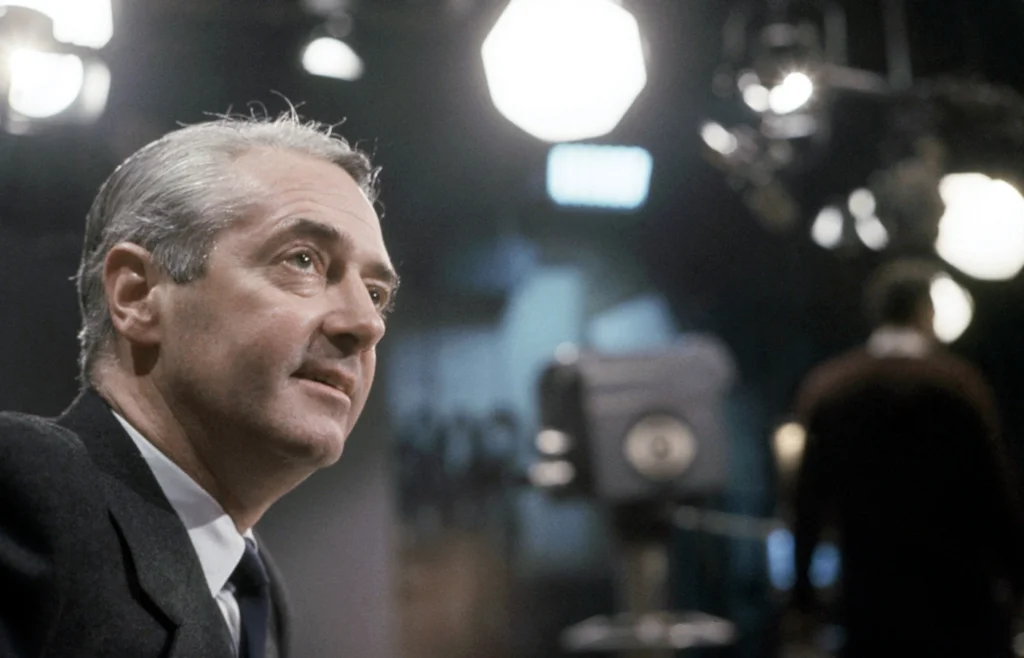
Beginning his career with CBS as one of “Murrow’s Boys” before becoming a fixture at ABC News, Howard K. Smith brought moral urgency to broadcast journalism throughout the 1960s and ’70s. Smith’s Southern background (born in Louisiana) gave him particular insight during civil rights coverage, though his moderately conservative views sometimes put him at odds with both his colleagues and the movement itself. His decision to quote Shakespeare’s “Something is rotten in the state of Denmark” during a 1961 CBS documentary about the Berlin Wall led to his departure from the network in a dispute over commentary in news programming.
As co-anchor of the ABC Evening News with Harry Reasoner from 1969 to 1975, Smith pioneered the inclusion of explicit commentary in network newscasts with his closing “Howard K. Smith: Comment” segment. Smith’s moderation of the first Kennedy-Nixon debate placed him at the center of the most pivotal moment in presidential debate history, as radio listeners and television viewers came away with drastically different impressions of the candidates. His principled approach—sometimes described as old-fashioned even in his heyday—reflected his belief that journalism should not shy away from moral judgments when democracy itself was at stake.
12. Chet Huntley
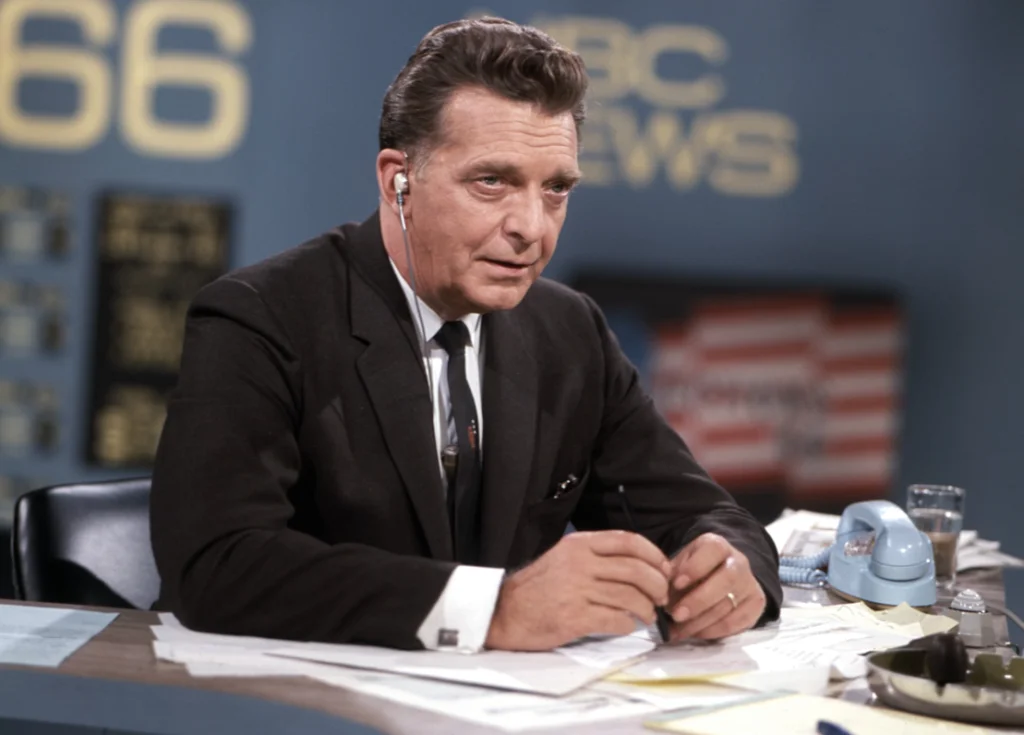
Half of television’s most successful news team, Chet Huntley’s resonant voice and serious demeanor provided gravitas to “The Huntley-Brinkley Report” during its 14-year run atop the ratings. Huntley’s Northwestern roots and experience reporting from the American West brought geographical balance to the program, with Huntley broadcasting from New York while Brinkley handled Washington. His deep voice and dignified presence established him as the anchor team’s “straight man,” though colleagues knew he possessed a dry wit that occasionally emerged on air.
After retiring in 1970, Huntley returned to his beloved Montana, where he developed Big Sky Resort before his death from cancer just three days before the resort’s opening in 1974. His decision to leave broadcasting at the height of his fame to pursue his passion project in his home state reflected values that viewers had sensed throughout his career—authenticity, independence, and a connection to the land. The famous nightly exchange—”Good night, David” / “Good night, Chet”—ended when Huntley signed off for the final time with, “Be patient, keep the faith, and maybe someday it will all come out right.”
These broadcast pioneers defined an era when the evening news served as America’s town square—a shared experience that connected us regardless of geography or background. They weren’t just reading teleprompters; they were writing themselves into our collective memory as the people we trusted to make sense of a world that sometimes seemed senseless. Though today’s fragmented media landscape may never again produce figures with such universal reach, their legacy lives on in the gold standards they established for accuracy, integrity, and connection with viewers.


